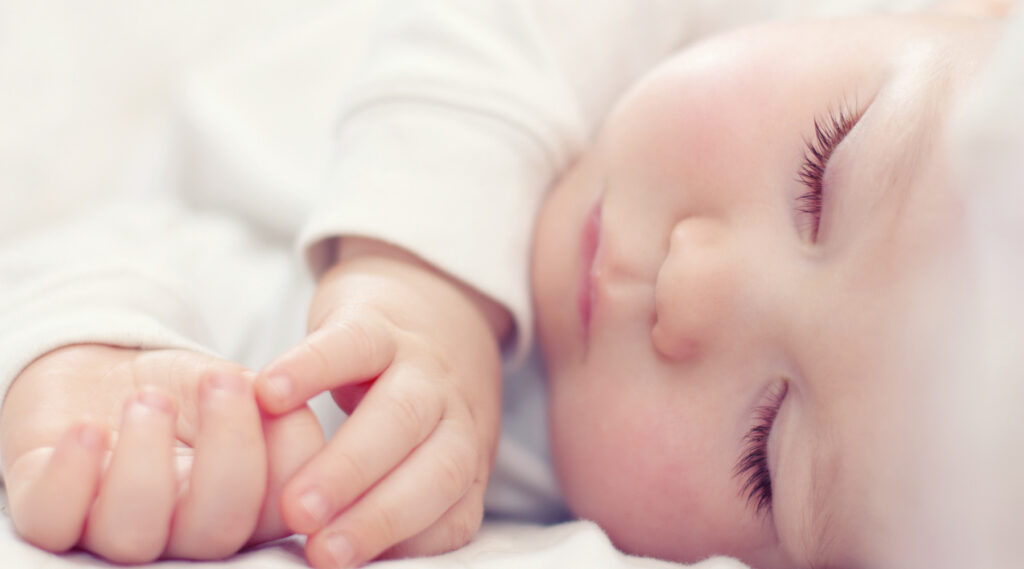While not something many young Australian families have experienced in the last year or two, navigating airports, flights & time zones may be something you’re planning to do in the (hopefully) not too distant future. A bit of preparation can go a long way when organising your travel. Here are my top tips for flying with kids.
It’s easier (& cheaper) when they are younger:
Younger babies often sleep really well on aeroplanes because of the vibrations and white noise effect of the engines. As they get older and more mobile it does get harder to get a baby to sleep soundly on an aeroplane, and having them sleep on you might be the only thing that works. Again, this is ok and won’t cause any long term habits.
Airline bassinets are for babies under the age of two. However, babies over 1 year old may not fit comfortably or meet the requirements by individual airlines so always check first.
Should I fly during the day or night?
Depending on the length of the flight and age of your baby or child, there are pros and cons whether you decide to fly during the day or overnight. Sometimes there may not be a choice.
Flying during the day will create less stress about your baby or child sleeping and may be easier in terms of stress on the parent.
However, flying overnight can mean your child will be less restless and won’t need to be occupied if they sleep well.
Adjusting to new timezones:
Regarding the adjustment to new time-zones when travelling long distances, children who have sleeps during the day will often adjust far quicker than adults, due to the cyclical nature of their melatonin surges. If possible, allow 1-2 days of relaxing after arrival, in order to adjust – you will probably benefit more than the kids!
The day after arrival, try to wake your baby around their usual time, even if they have had a broken night’s sleep because of jetlag. This is the best thing you can do to help get your baby acclimatized to the new time zone.
Medications & flying:
If electing to use medication as a sleep aid for children, it should NEVER be tried for the first time on a flight. Speak to your doctor or pharmacist and trial the medication weeks earlier to ensure there’s no allergic reaction or unexpected response; you don’t want to find this out mid-flight!
When you arrive try & stick to your usual routine:
On arrival at your destination, the most important thing is to try and stick to your baby’s regular routine, without any stress if it’s difficult to adhere to, assisted naps are completely acceptable!
On any holiday, there will be days where routine is thrown off and this is ok. If you are out and about then offer your baby their naps at their usual times. If they haven’t slept well during the day, then try your best to bring bedtime earlier to compensate. Naps on the go will also be inevitable, such as pram or carrier naps. See our blog on sleeping on the run.
Recreate their sleep environment as much as possible
When setting up a sleep environment that is unfamiliar to your baby/toddler, try to recreate their usual sleep environment as much as possible.
Take their cot sheet and sleeping bags from home so it smells familiar, blackout the windows the best you can, take a portable white noise machine or download an app on your phone and take any comforters/toys your baby is used to sleeping with.
If your baby is used to sleeping in their own room at home, then try your best to continue this while on holiday. Similarly, if your baby is used to sleeping next to you or in your bedroom at home, then continue this where possible. Often small spaces like hotel rooms or tiny apartments are necessary when travelling, in this case – products such as a blackout cot tent/canopy can be so helpful, as you don’t have to blackout the entire room at nap times.
Returning home:
When you return home, try to get your baby back into their usual routine within 24-48 hours. Depending on the time difference of where you have travelled to, your baby might take longer to return to their usual routine, but just do your best and use any settling techniques available to you.
Learn more about the Dr Golly Philosophy here.
Shop the Dr Golly Sleep Program age appropriate routines here.


